Simple carbs, such as those found in cookies, candy and chips, are The Bachelorette of the food world. They’ll give you a quick thrill — but you know they’re bad for you, and you’re guaranteed to feel a bit guilty afterwards.
And yet we still can’t break our addiction to them. (And it is an addiction, according to certain studies.) Worse, even if you are careful about intake, you might be stunned to realize how much you’re actually eating. There are almost as many carbs in a single chocolate chip cookie as there are in a bowl of oatmeal!
With carbs so pervasive—and so hard to resist—Eat This, Not That! wondered what happens to your body if you give them up. Find out how much you have to gain—and lose—in this exclusive special report.
1. When You Give Up Carbs…You Start Burning Fat
Immediately. Reducing your intake of calorie-dense carbs automatically reduces the amount of calories you’re consuming on a daily basis, which forces your body to burn fat stored around your midsection for energy, rather than the sugars it takes from carbohydrates.
Eat This! Tip: Exercise in the morning before you eat breakfast. This forces your body to burn stored fat, instead of the food you’ve eaten earlier in the day. To further blast fat, drink Pu-erh tea, which has been found to lower fat concentrations in the blood.
2. When You Give Up Carbs…You Feel Less Hungry
It’s not calories that satiate your hunger, it’s nutrients: fiber, protein and healthy fats. Unfortunately, simple refined carbs are lacking in all three, even as they fill your body with fast, cheap calories. So no matter how much you eat, your body will go in search of more food. The result: a sluggish, hungrier you—one who’s more likely to dive into the snack drawer.
Eat This! Tip: Start your day with a high-protein, high-fat food like Greek yogurt, eggs scrambled with vegetables, or chia pudding, and you’ll reduce your hunger.
3. When You Give Up Carbs…Your Belly Gets Flatter
One of the first things you notice when you replace simple carbs with high-fiber foods is that your belly may flatten out. The reason: Most Americans only take in 15 of the recommended 25 to 38 grams per day, according to the Institute of Medicine. As a result, the healthy gut microbes that keep us lean have less to munch on, and the unhealthy microbes—which feast on sugar—take over. Those are the little buggers that cause bloating, and make your belly look bigger than it actually is. “Bumping up fiber can help promote healthy regularity,” says Isabel Smith, MS, RD, CDN, registered dietitian and founder of Isabel Smith Nutrition.
Eat This! Tip: Start with simple swaps that feel natural to you. Trade the white bread for whole-grain or add some beans to tacos and stir-fry. And if you’re hungry between meals, reach for raw nuts. “Nuts are a great source of fiber and healthy fat, which can help fight inflammation in the body and also promote digestion,” Smith adds.
4. When You Give Up Carbs…You Slash Your Risk of Diabetes
Simple carbs are made of simple sugars, and eating too many can wreak havoc in your body in both the short and long term. The more of these quickly digested carbs you consume, the more insulin your pancreas produces, which can eventually lead to insulin resistance and type 2 diabetes, according to Smith.
Eat This! Tip: Fiber-rich complex carbs are harder for your body to digest, preventing the blood sugar spikes that cause insulin release. “The lower and more steady we keep blood sugar, the less insulin is released on a consistent basis and the more insulin-sensitive our tissues remain—which is a good thing,” Smith explains. So, cutting back on the simple stuff means you’ll be able to maintain stable blood sugar levels and reduce your risk for diabetes.
5. When You Give Up Carbs…Your Muscles Get Stronger
Almost every food in the world is healthier than simple carbs—from burgers and steaks to yogurt and even ice cream. In part, that’s because simple carbs lack protein, the building blocks of muscle (and a key contributor to healthy hair, nails and skin). By filling your body with protein and other nutrients, you’re giving it what it needs to grow without having to find additional calories.
Eat This! Tip: If you typically get hungry between meals, try replacing those vending-machine sweets with high-protein snacks that will fuel your body and give you stable energy for the afternoon ahead.
6. When You Give Up Carbs…You Feel More Energized
Not all carbs are bad, of course. Your body needs carbohydrates to function properly, and they’re especially important for adequate brain and muscle function. By switching from simple carbs to more long-running fuel—fruits and vegetables, whole-wheat bread, oatmeal, brown rice, quinoa and other whole-grain options—you’ll ensure you have a steady flow of energy and avoid the ups and downs that simple carbs cause. You’ll no longer need to make poor food choices as a way of getting quick energy, and you won’t be dragging through those afternoon hours.
Eat This! Tip: The lowest safe amount of carbohydrates is about 50 grams daily, according to Mayo Clinic; avoid dipping below that amount if you want to avoid major dips in energy. One cup of oatmeal and a half a banana is all it takes to reach that total.
This article originally appeared on Eat This, Not That!
More from Eat This, Not That!
You Asked: Your Top 10 Health Questions Answered
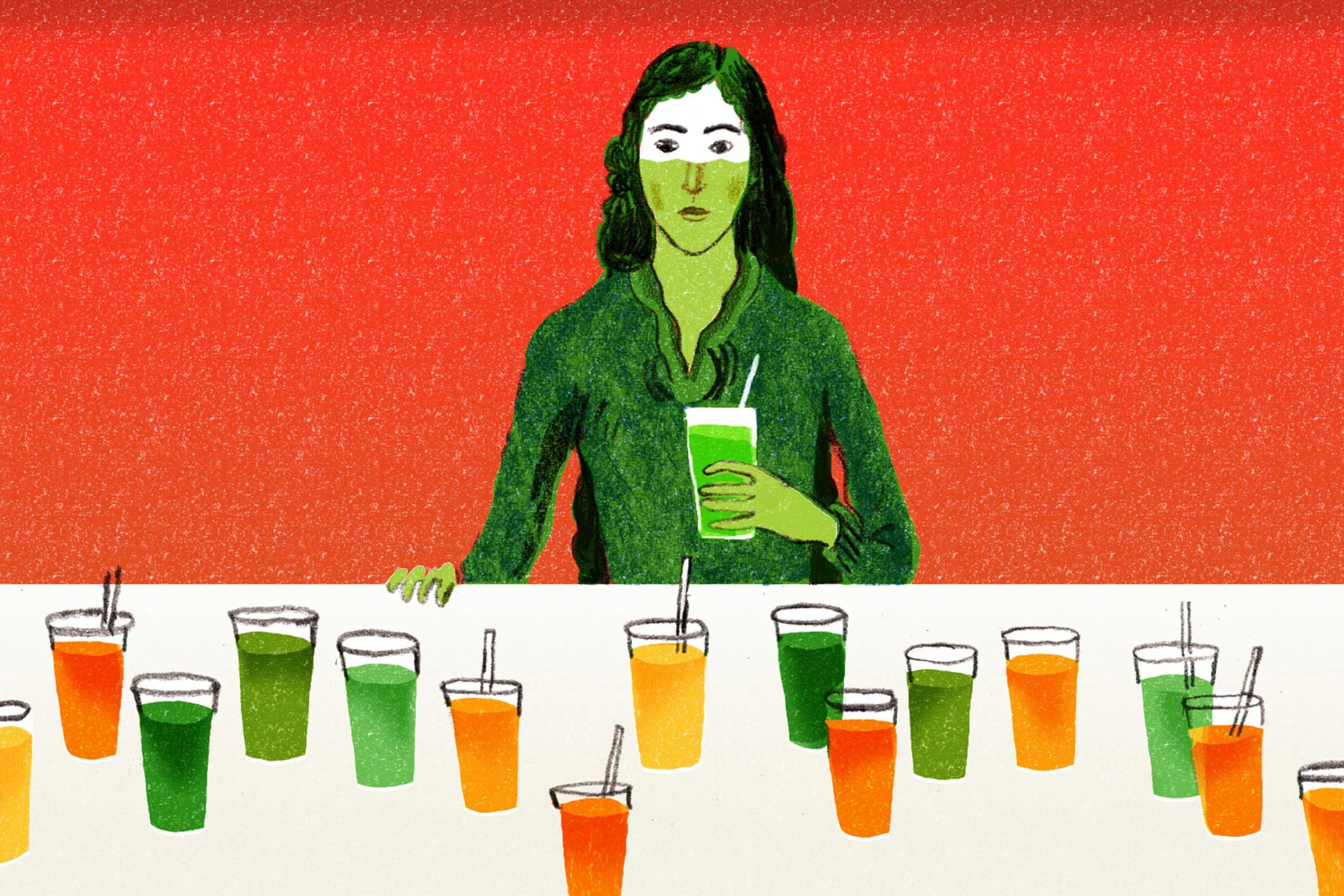
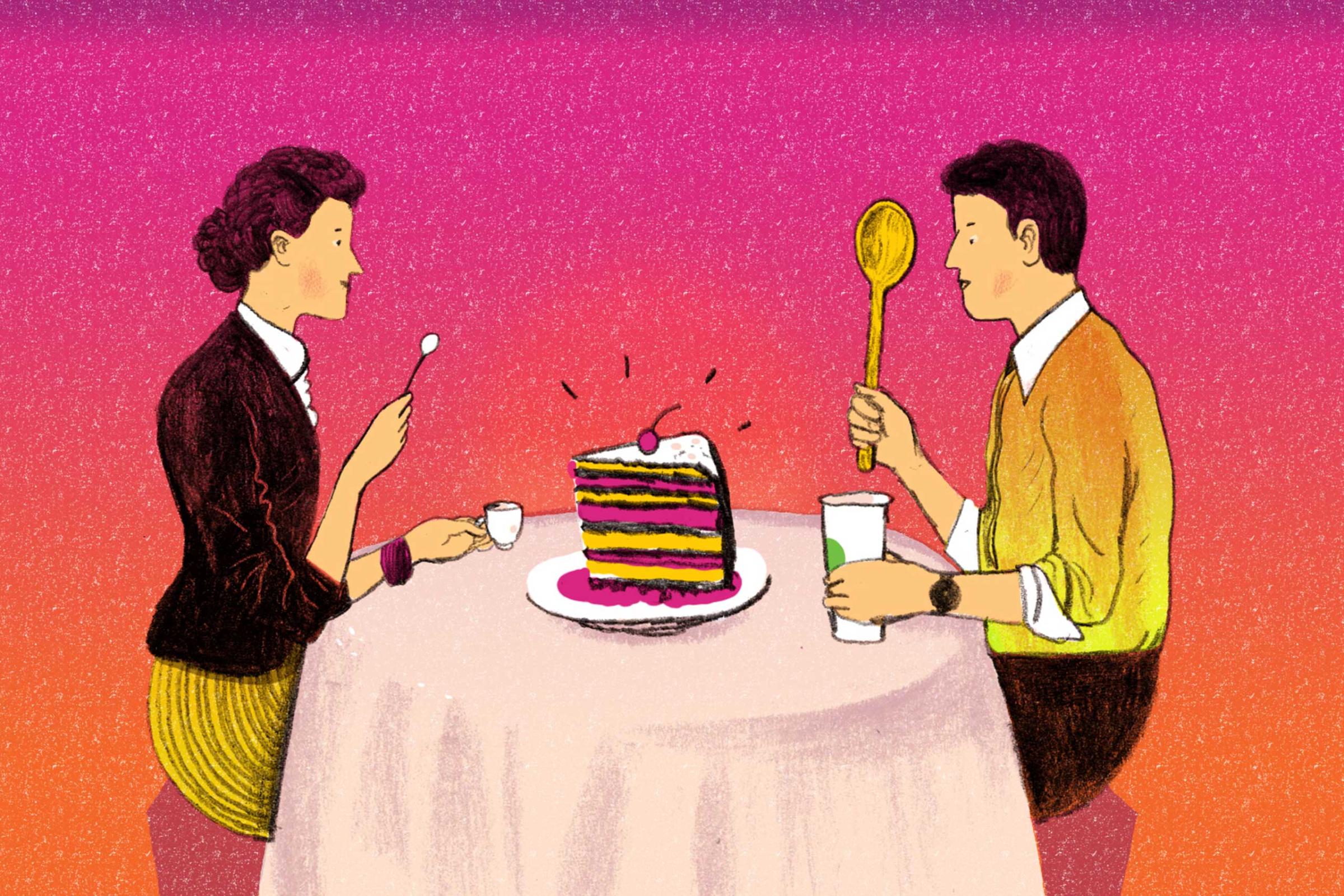
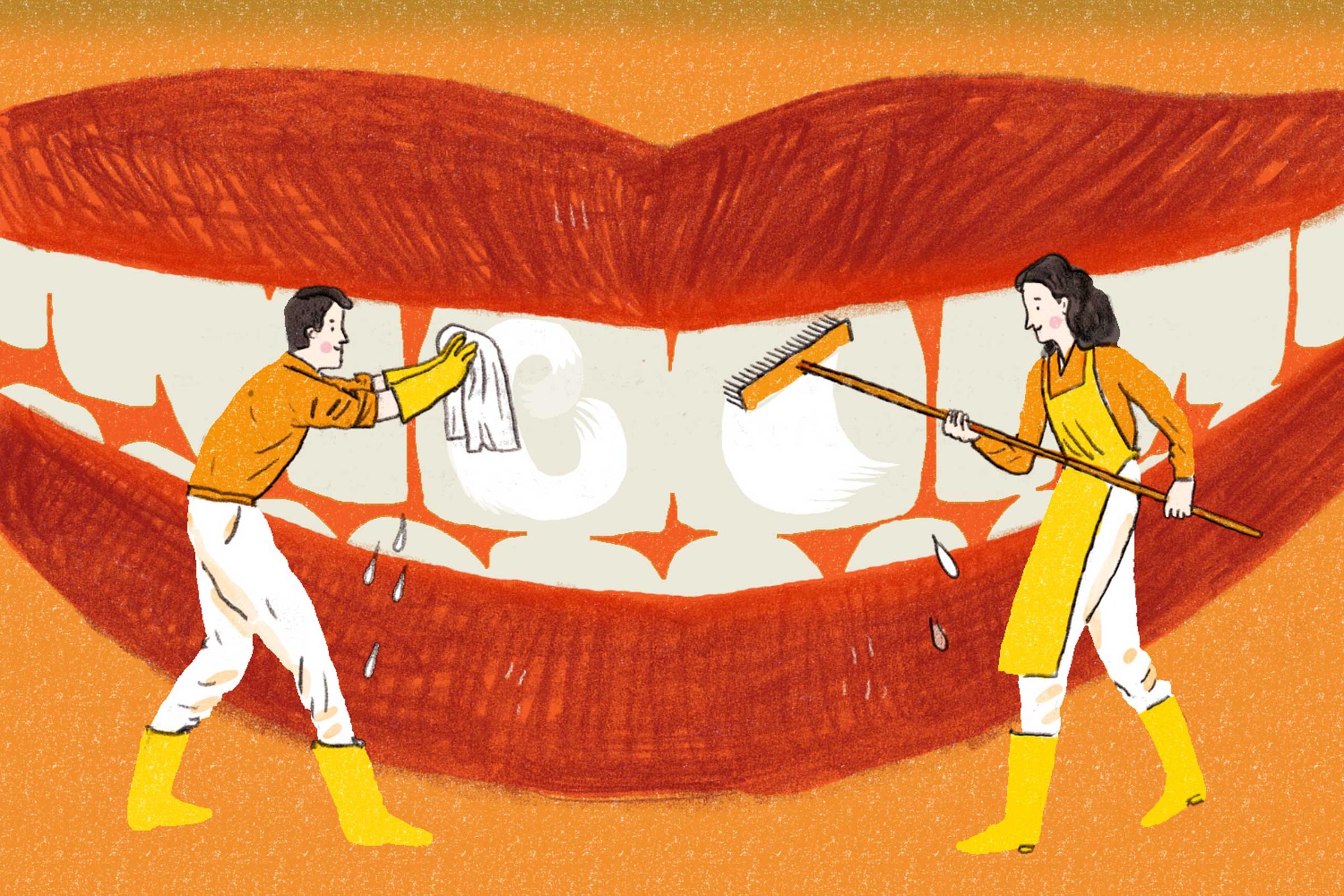
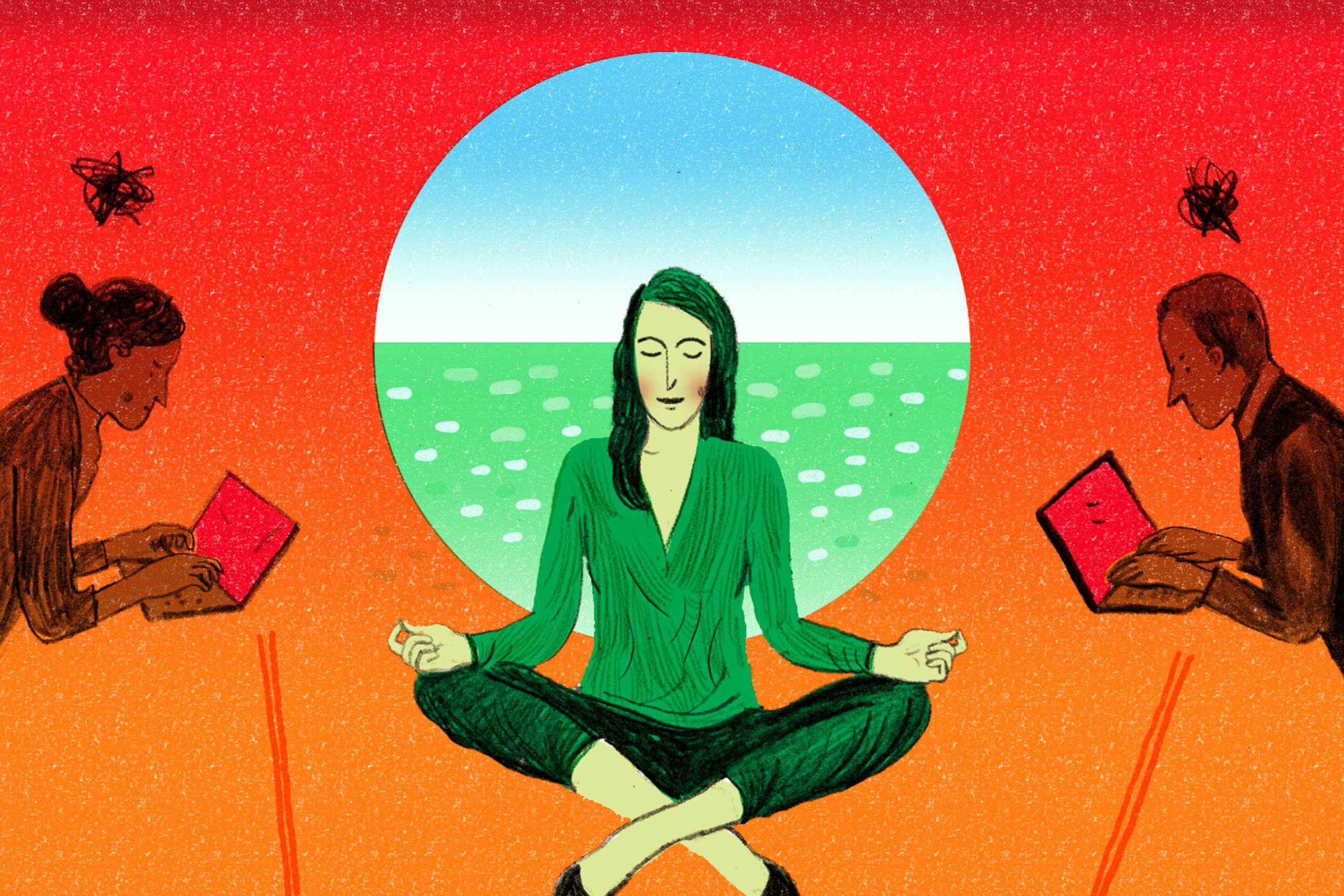
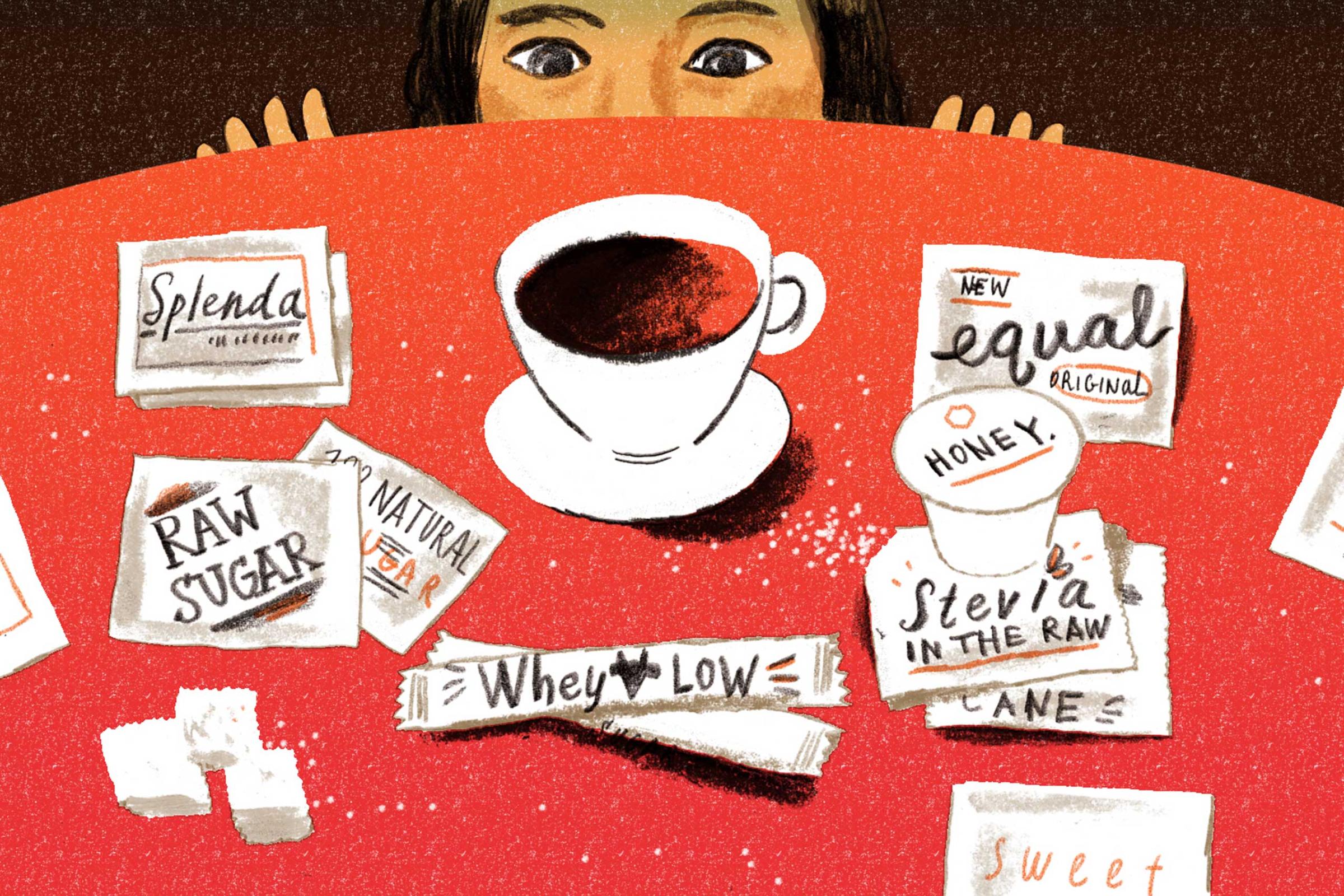


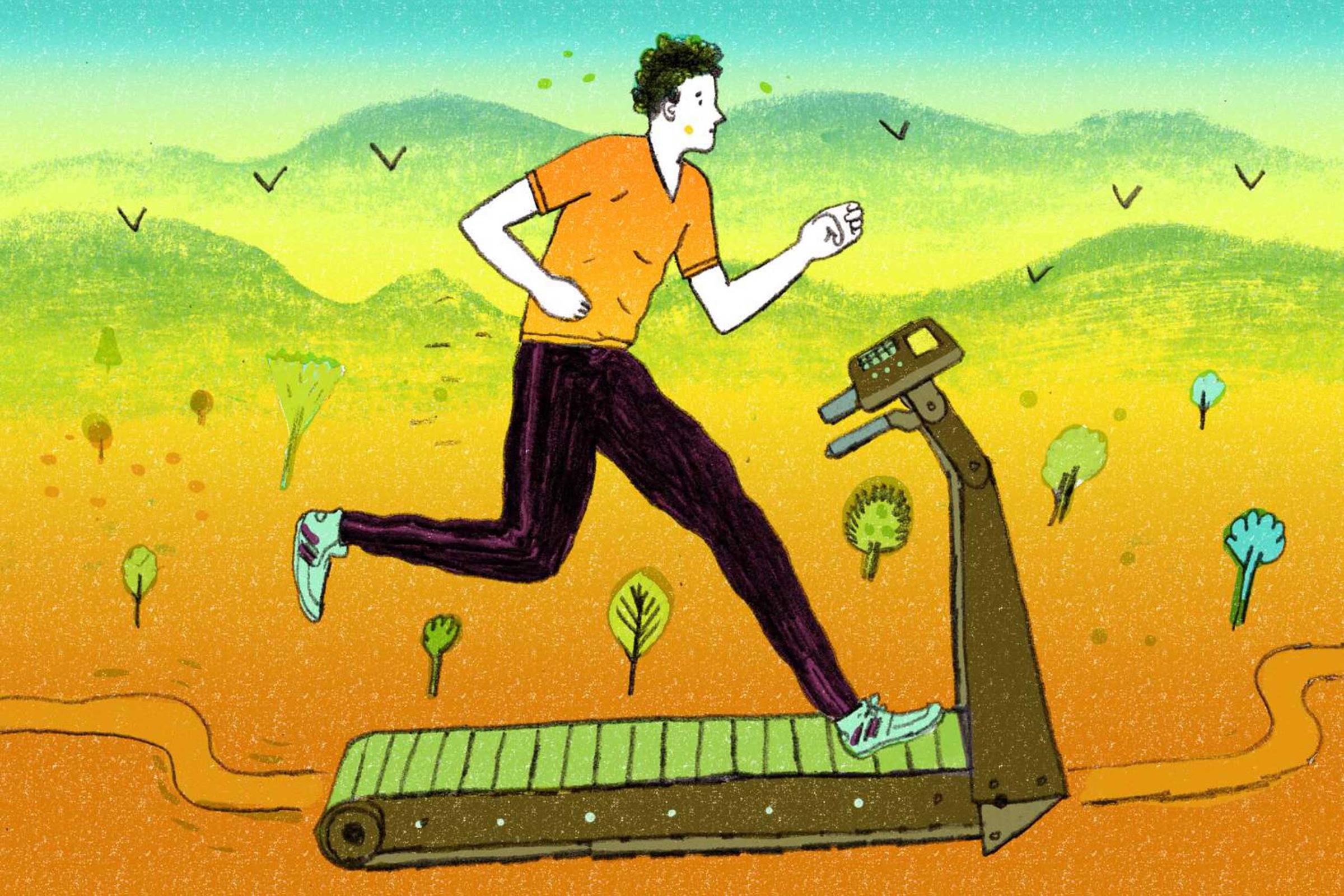
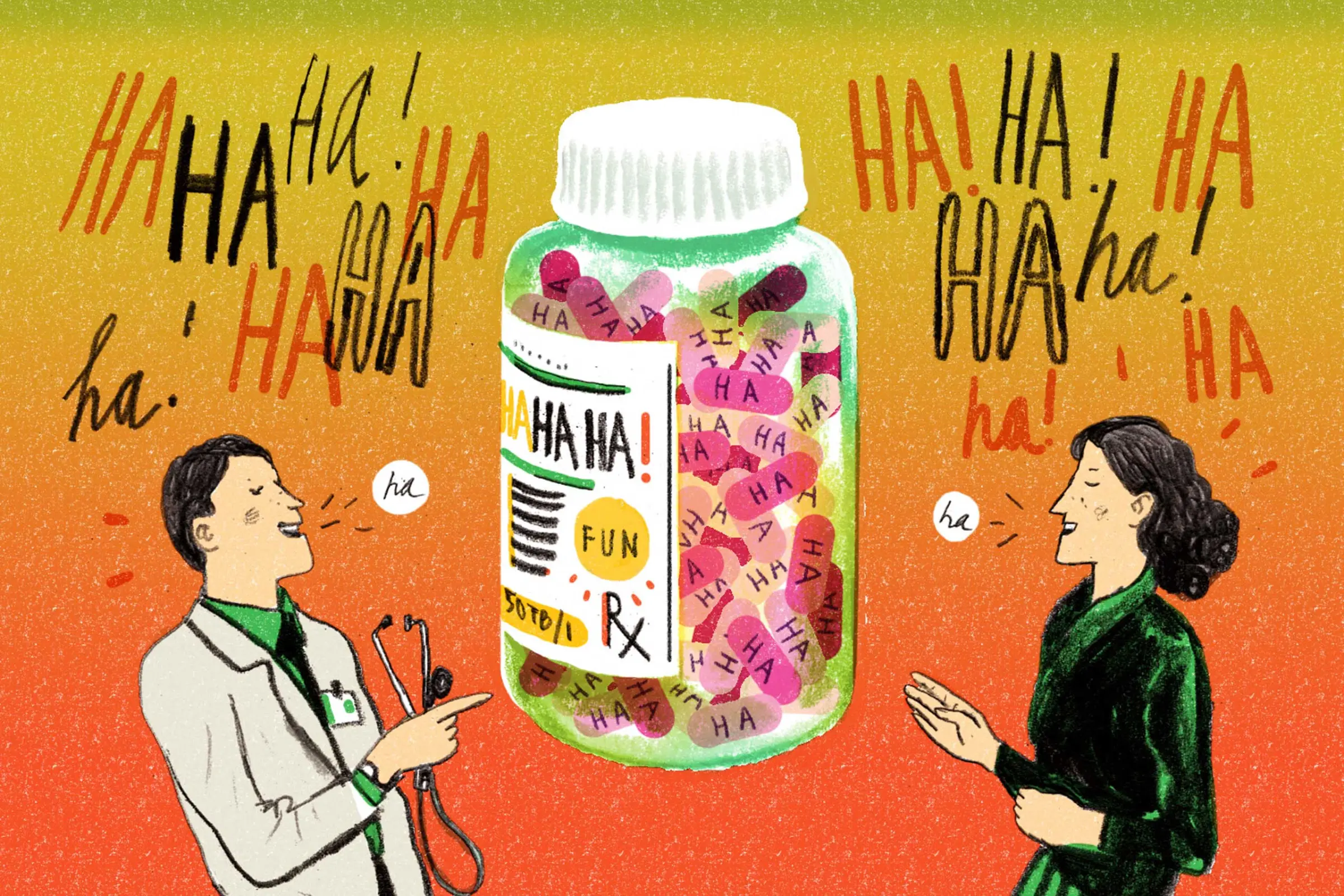
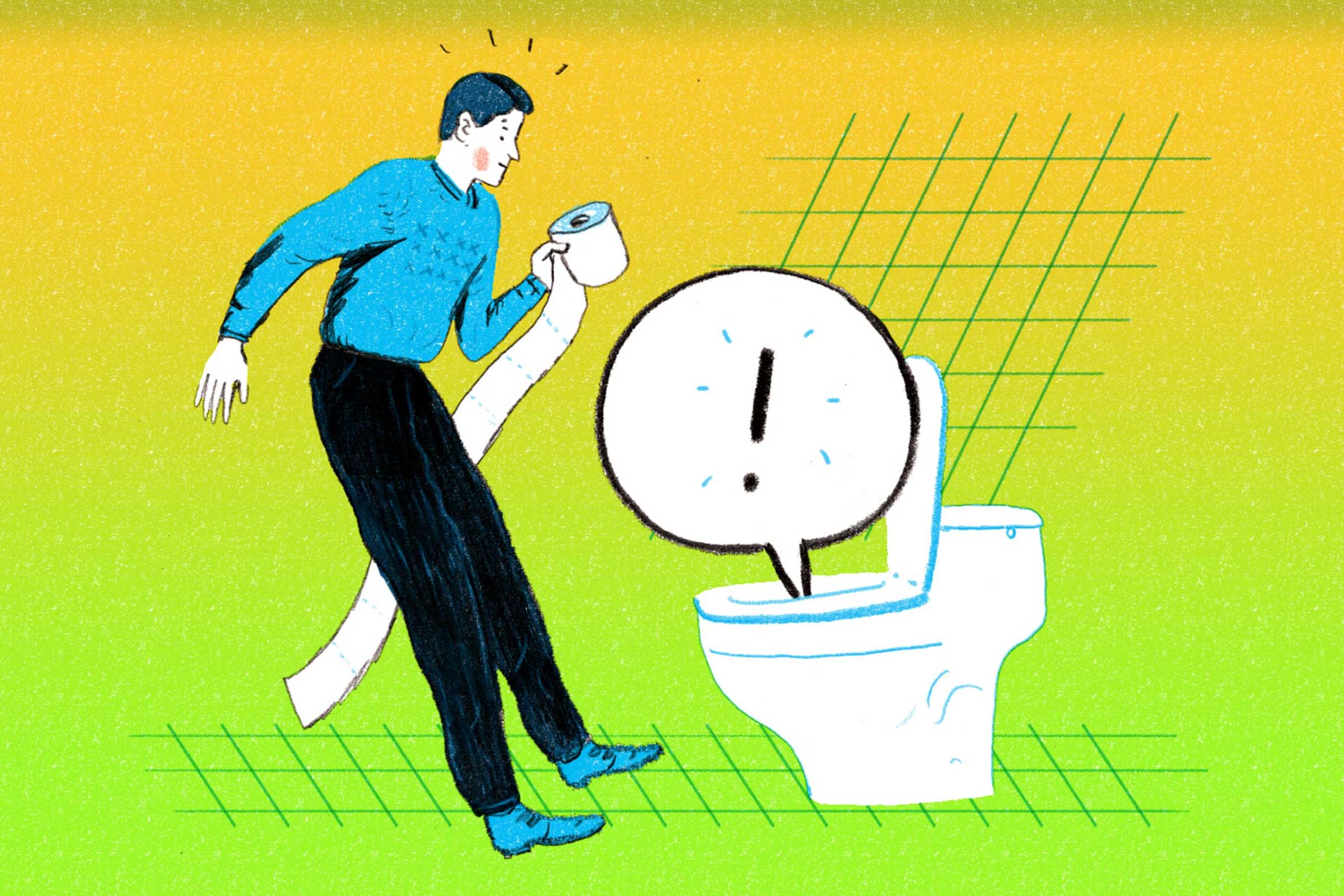
More Must-Reads from TIME
- Caitlin Clark Is TIME's 2024 Athlete of the Year
- Where Trump 2.0 Will Differ From 1.0
- Is Intermittent Fasting Good or Bad for You?
- The 100 Must-Read Books of 2024
- Column: If Optimism Feels Ridiculous Now, Try Hope
- The Future of Climate Action Is Trade Policy
- FX’s Say Nothing Is the Must-Watch Political Thriller of 2024
- Merle Bombardieri Is Helping People Make the Baby Decision
Contact us at letters@time.com